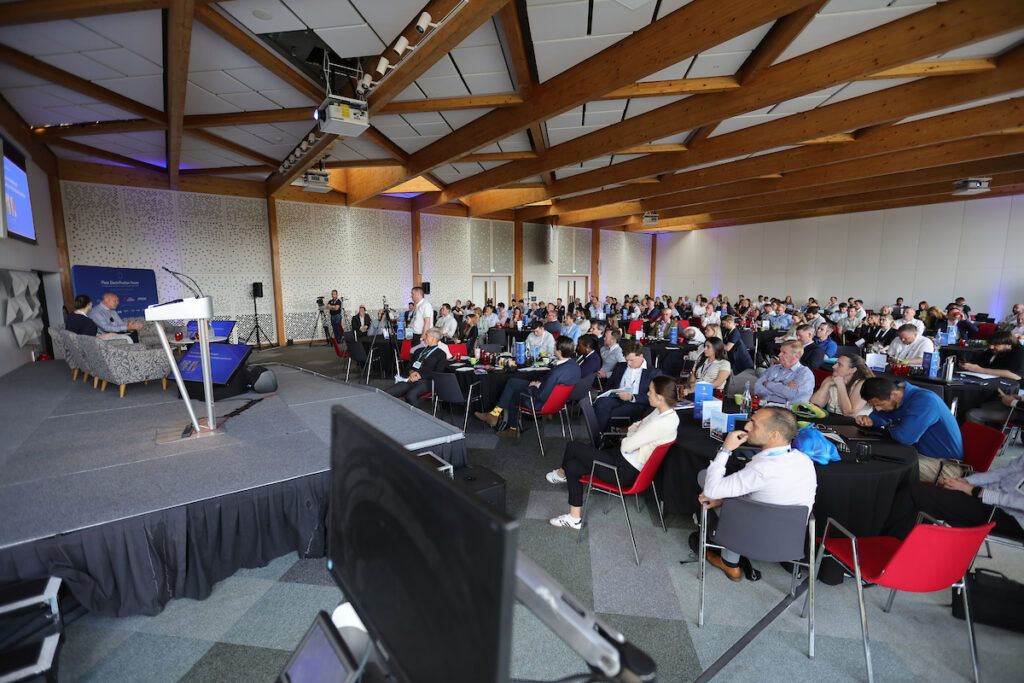New figures show high-power charging hubs in the UK has more than doubled since September 2022, with growth of more than 40% since that date, according to ZapMap.
The figures, which also show lower-powered devices have a year-on-year growth of 44%, reveals ultra-rapid chargers and slow charge points exhibit the most impressive year-on-year growth.
Ultra-rapid has increased 68% in a year and slow chargers, often found on residential streets, by 68%.
Figures revealed drivers are most likely to find ultra-rapid chargers at service stations and retail car parks with 1,457 ultra-rapid devices at service stations across the UK – an increase of 82% on the previous year – and 892 at retail car parks, which is a 61% increase.
Ultra-rapid charging hubs with six or more devices has also shown impressive year-on-year growth of 123%. At the end of September, there were 196 locations across the UK with six or more ultra-rapid devices.
Melanie Shufflebotham, Co-founder & COO at Zapmap, said: “The number of high-power charging hubs in the UK has more than doubled in the last year, and this is great news for electric car drivers. With almost 200 high-power charging hubs up and down the country, these latest figures should give electric car drivers the confidence to drive any length of journey in their EV.
“As we approach the October half term, having an additional 108 new charging hubs across the UK speaks volumes – and is a huge step up from last year. These multi-charger hubs make a real difference for electric car drivers, providing peace of mind on longer journeys.”
Moreover, while the Zapmap figures display impressive overall growth of 68% year-on-year for ultra-rapid devices, this figure masks differences in regional distribution.
Indeed, every area of mainland Great Britain except Greater London has shown year-on-year growth of 50% or more for ultra-rapids, with the North East (133% increase), Scotland (98%), and Wales (89%) showing the highest increases.
In contrast, Greater London (41%) saw the lowest increase in the number of ultra-rapid devices installed over the same period.
In part, this is because high-powered devices such as ultra-rapid chargers cater to drivers looking to charge up as quickly as possible, making longer journeys on motorways or A-roads far easier than they were just a few years ago. Greater London, meanwhile, has a particularly high proportion of slow chargers (around 70%), reflecting the area’s high concentration of relatively affluent households without off-street parking.
Jade Edwards, Head of Insights at Zapmap, said: “These statistics help to give clarity on how the UK’s charging infrastructure is growing because they highlight important growth at two key ends of the charging spectrum.
“For starters, the upwards trend in the number of slow devices on residential streets will soon become a real boon for electric car drivers not able to charge at home. And while it can be difficult to see larger changes occurring from the ground, drivers up and down the country will certainly feel the benefits from the surge in the number of high-power devices at ultra-rapid charging hubs when charging further afield.
“These are two vital segments of the UK’s charging infrastructure, and it’s great to see these latest Zapmap figures shining a light on such positive changes.”
Image from Shutterstock








